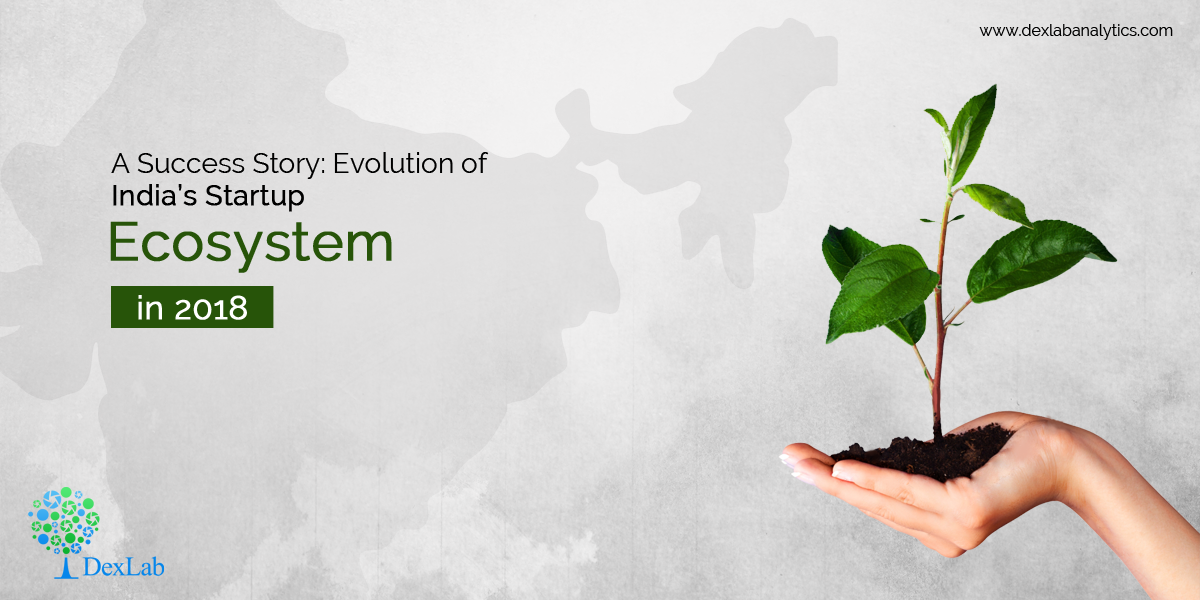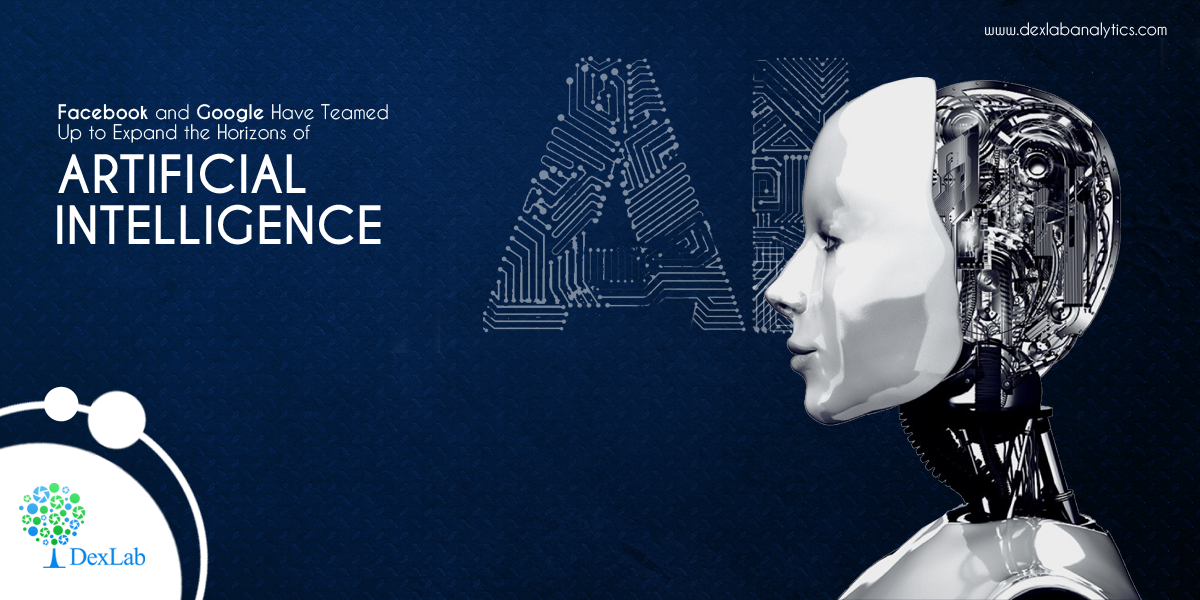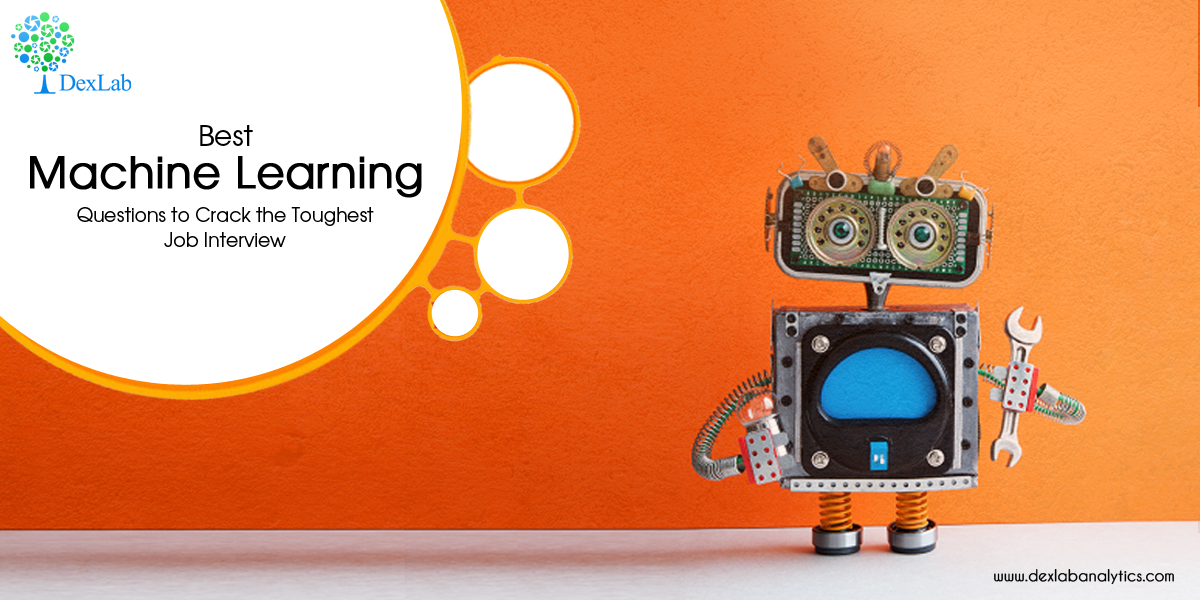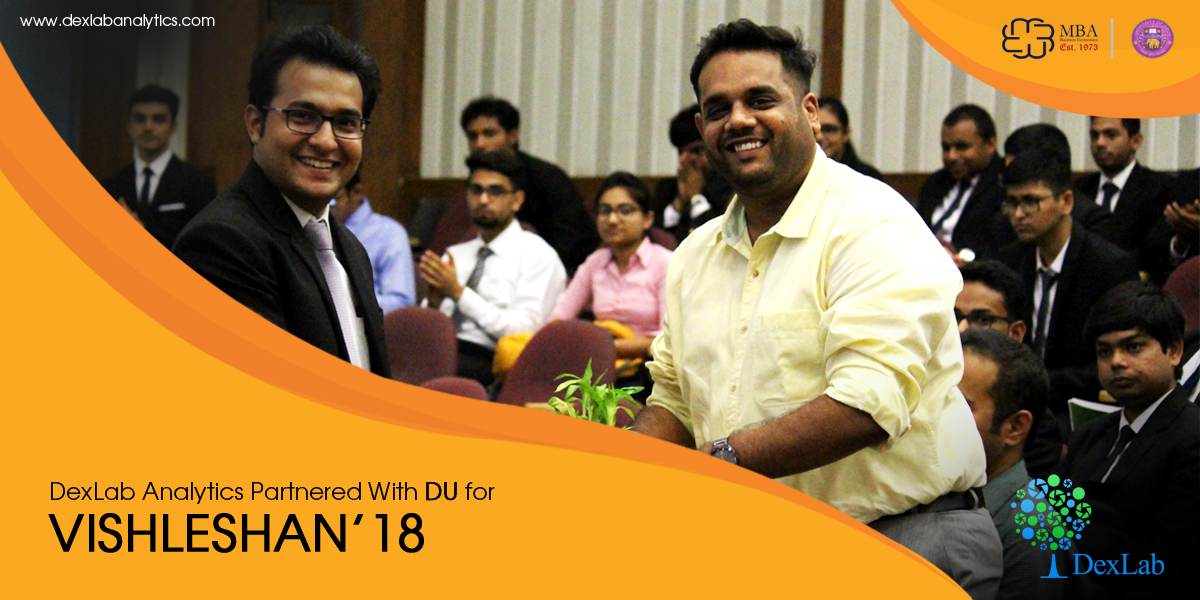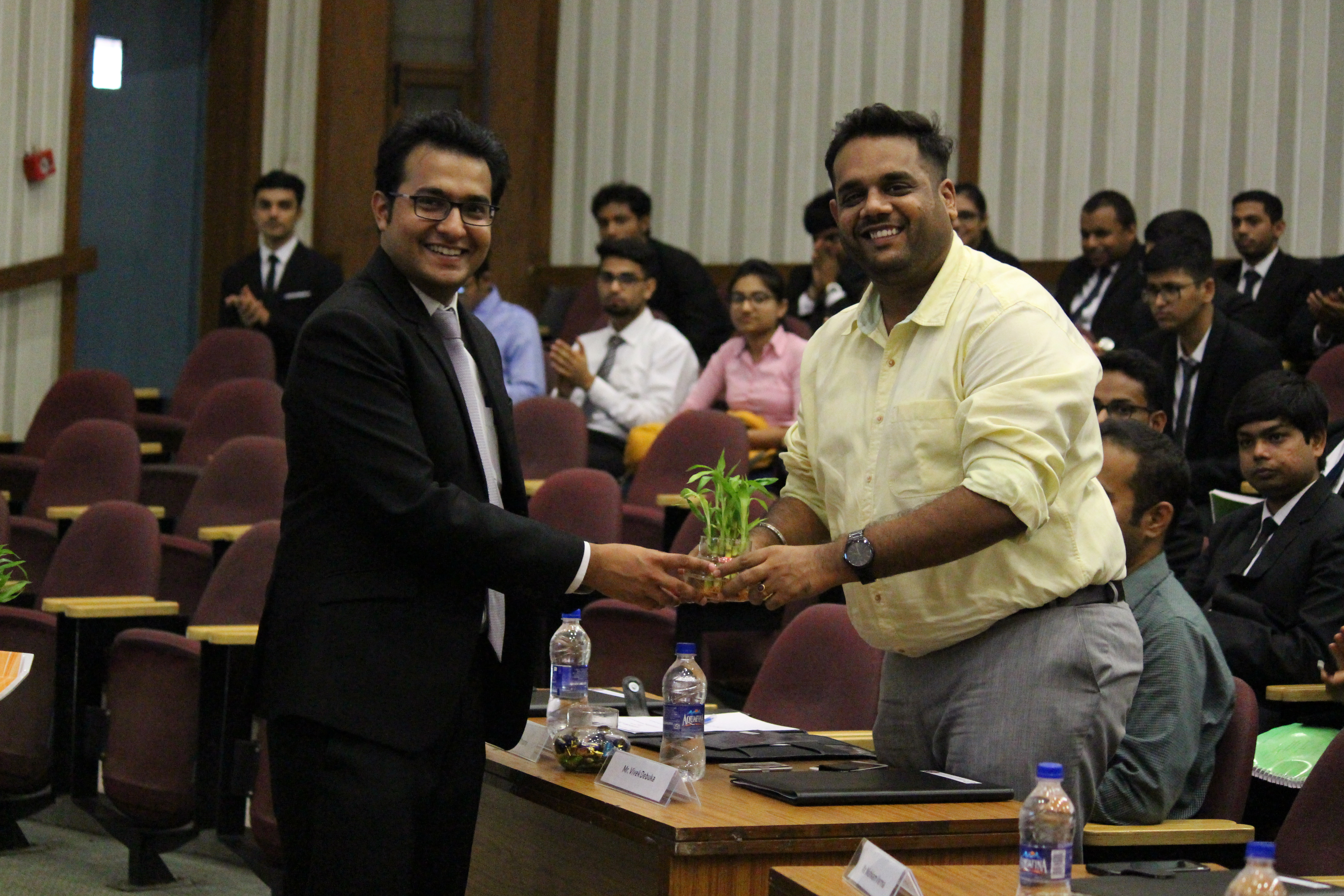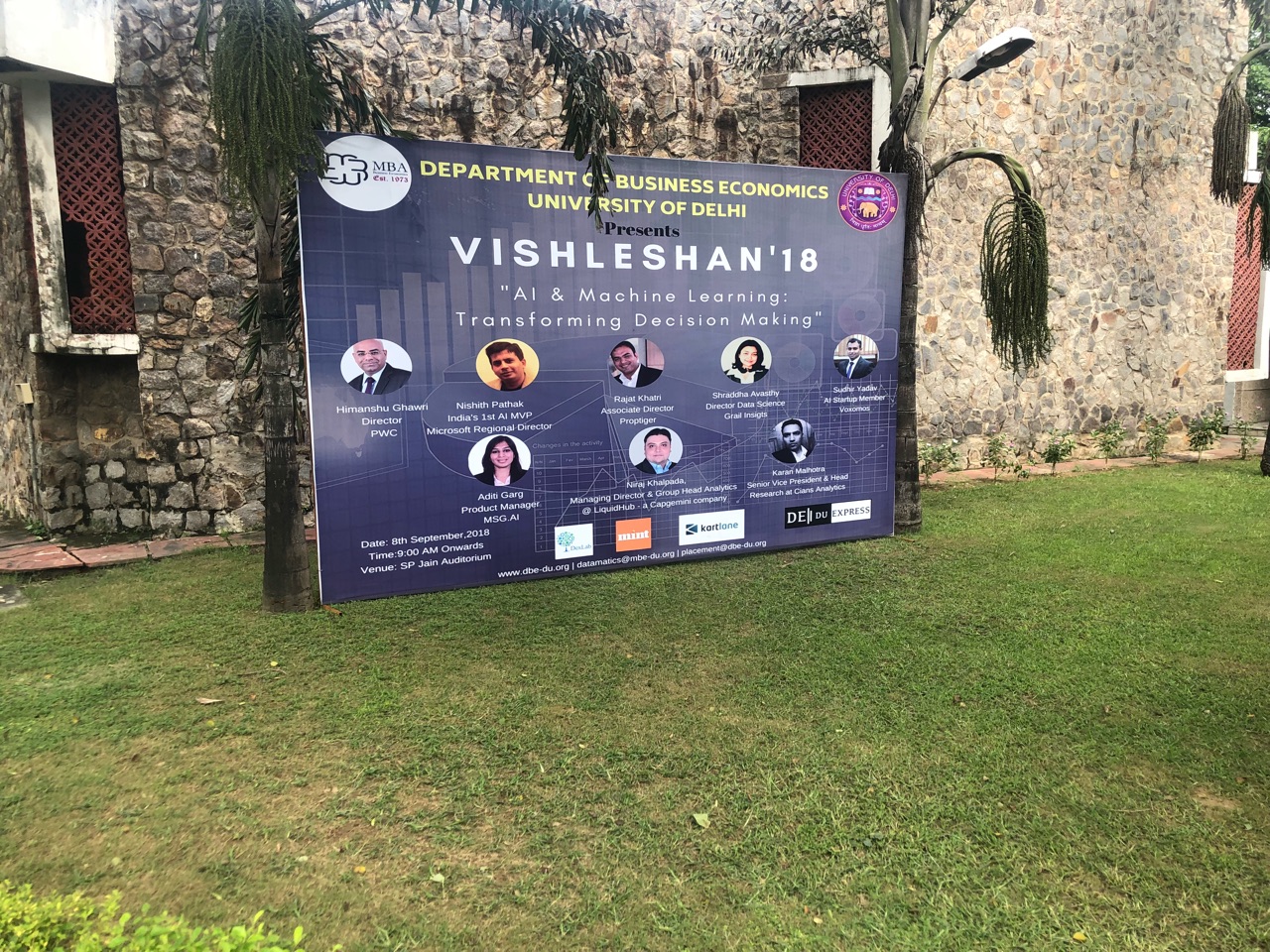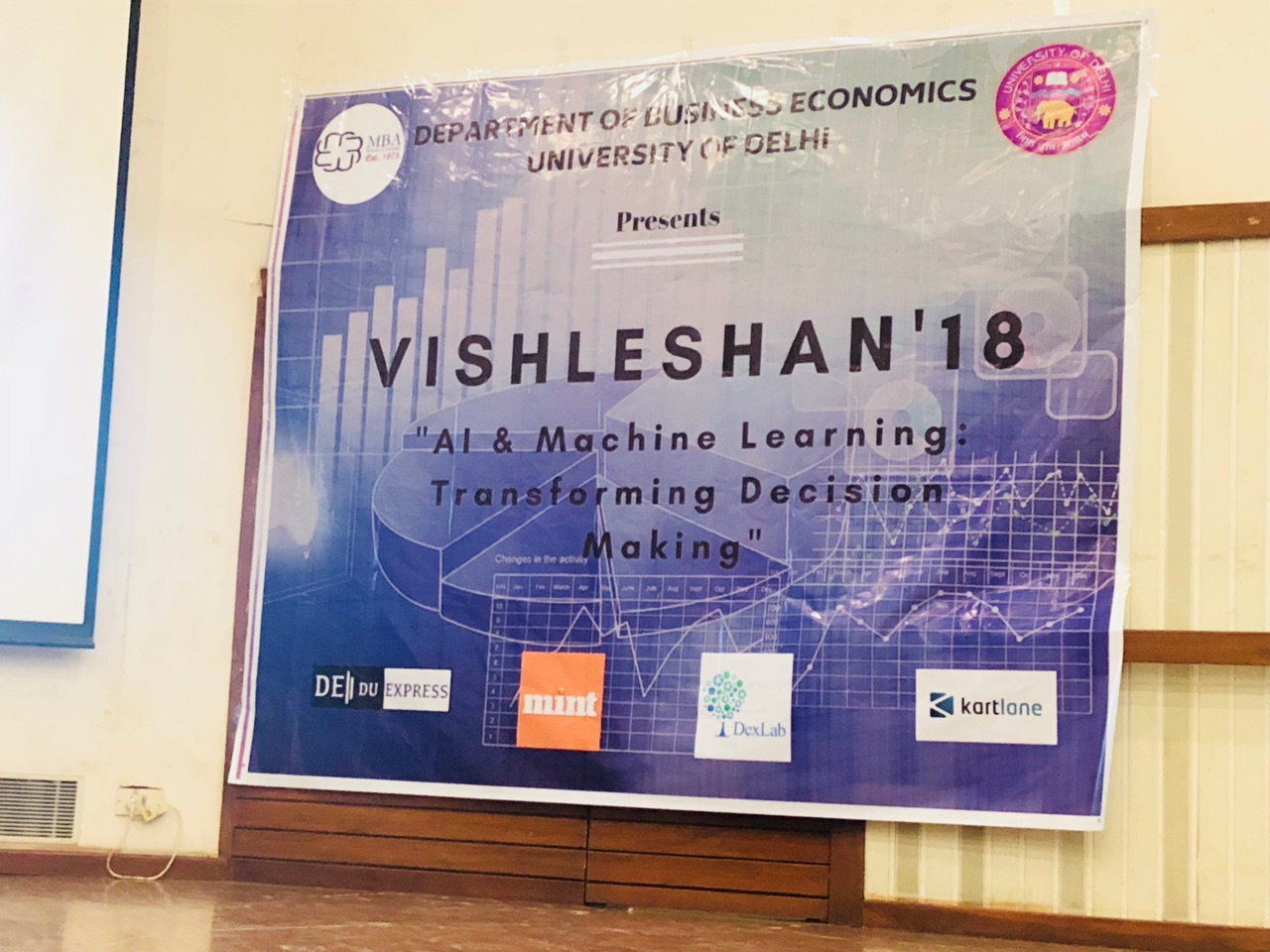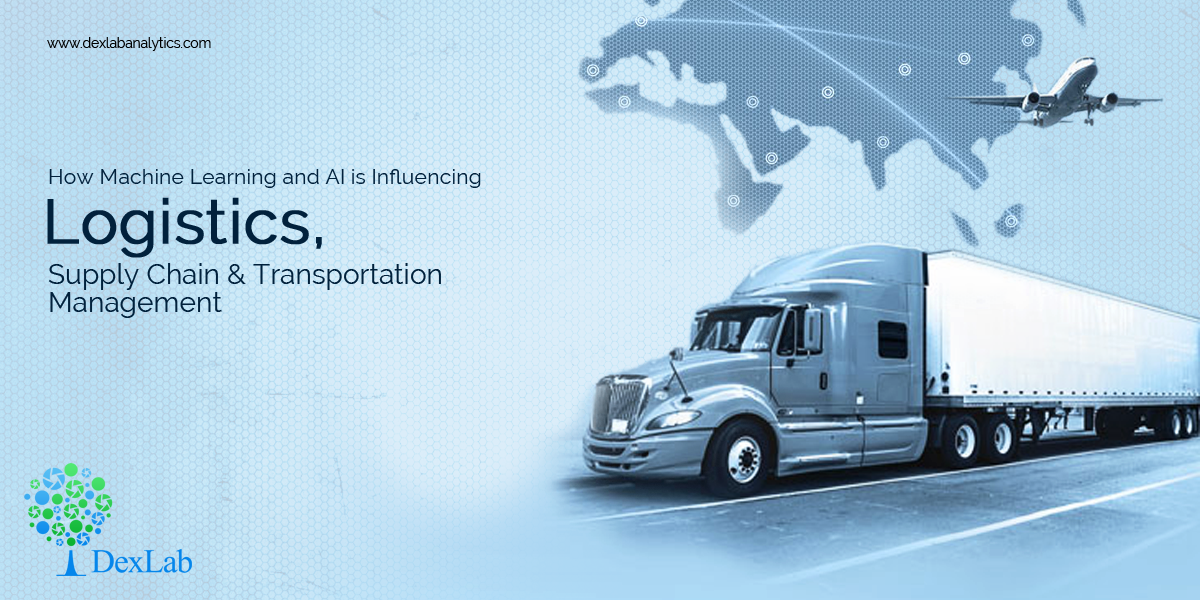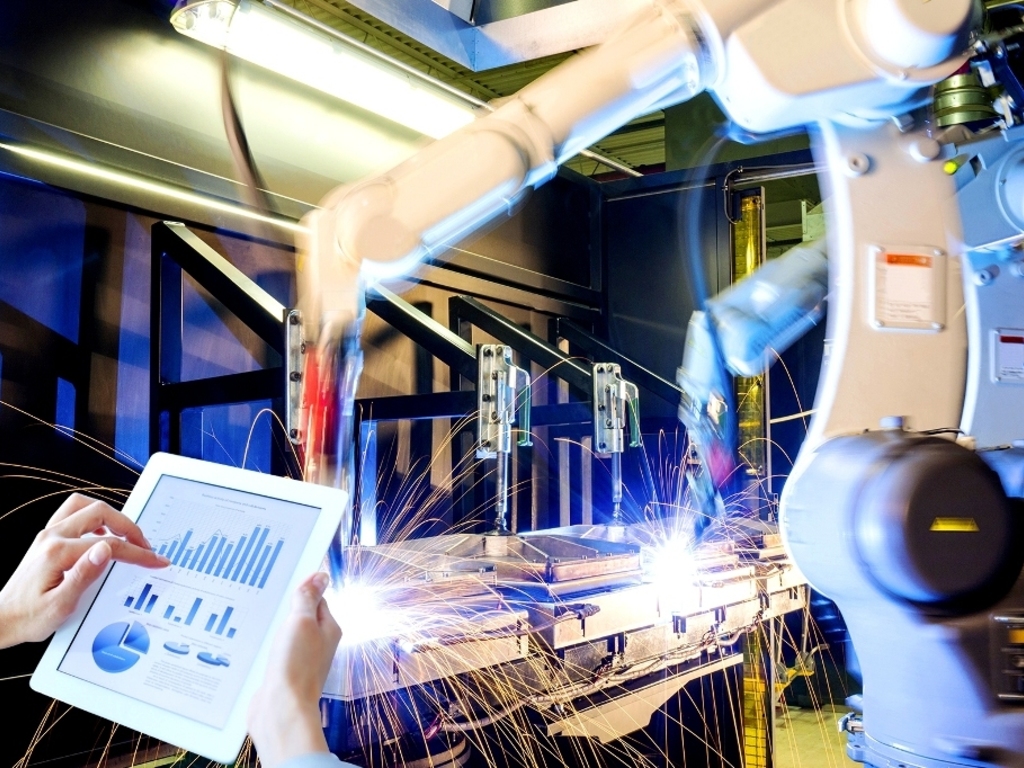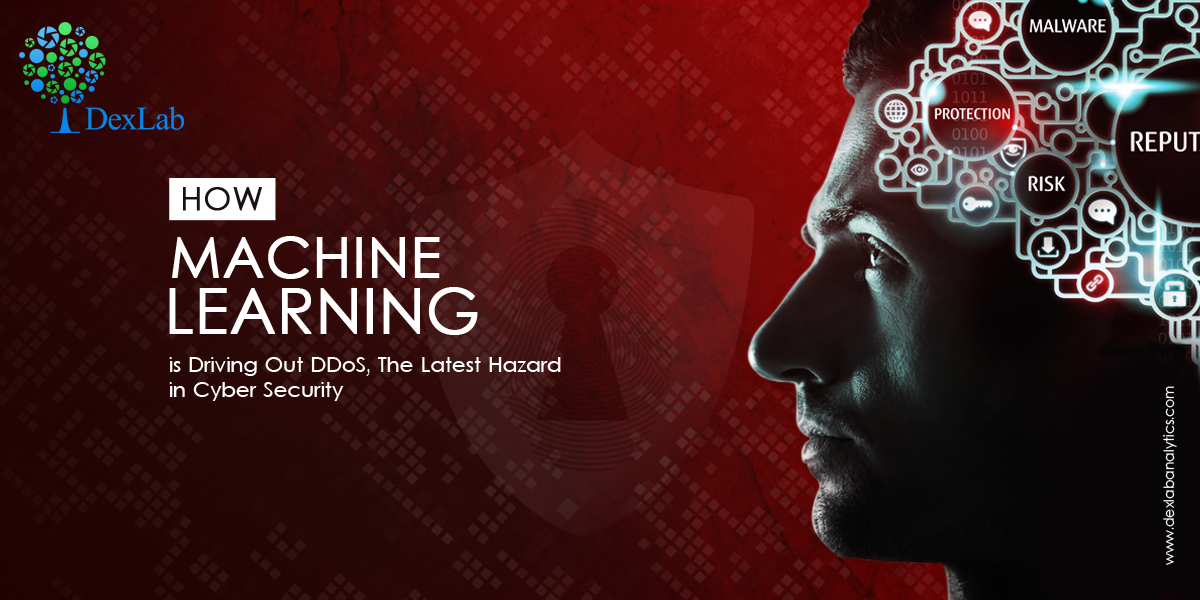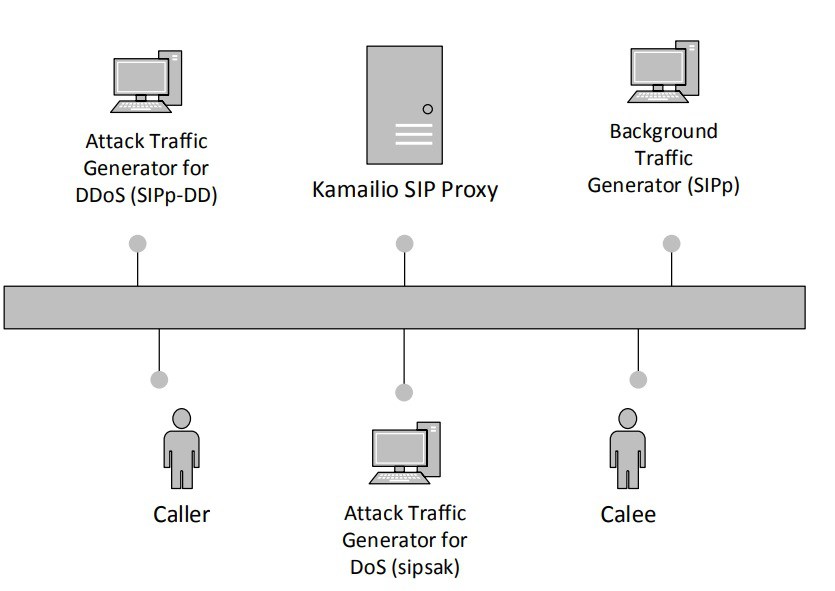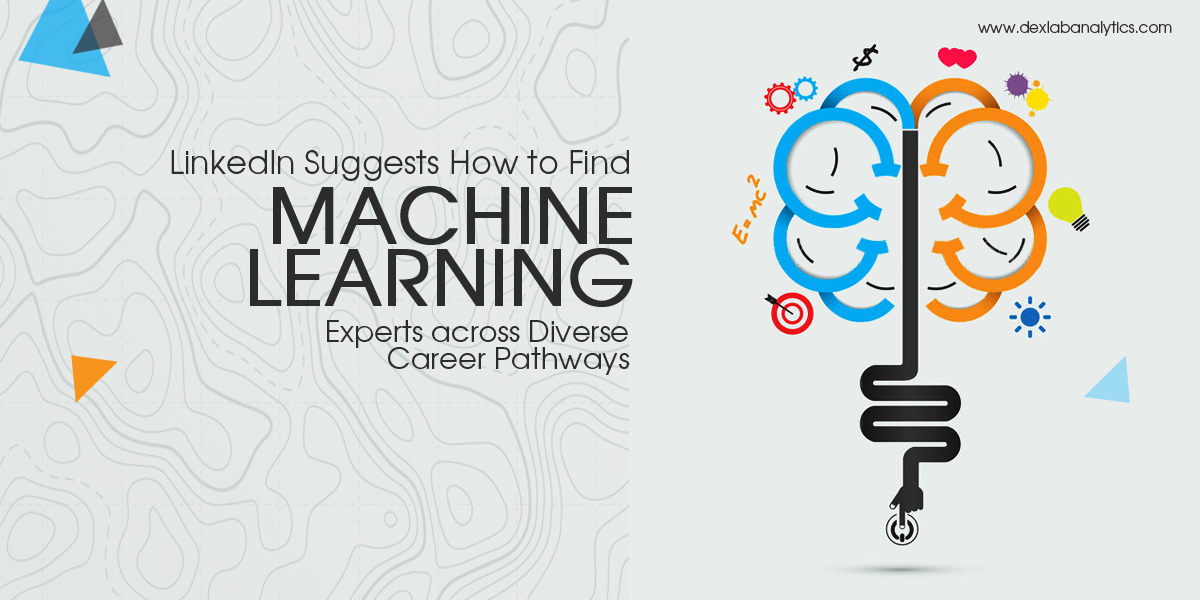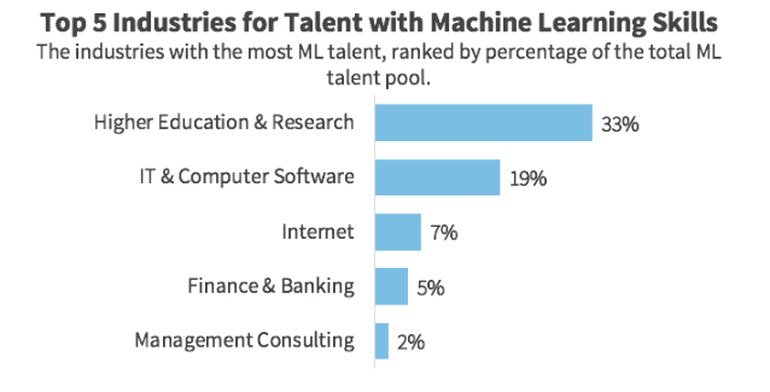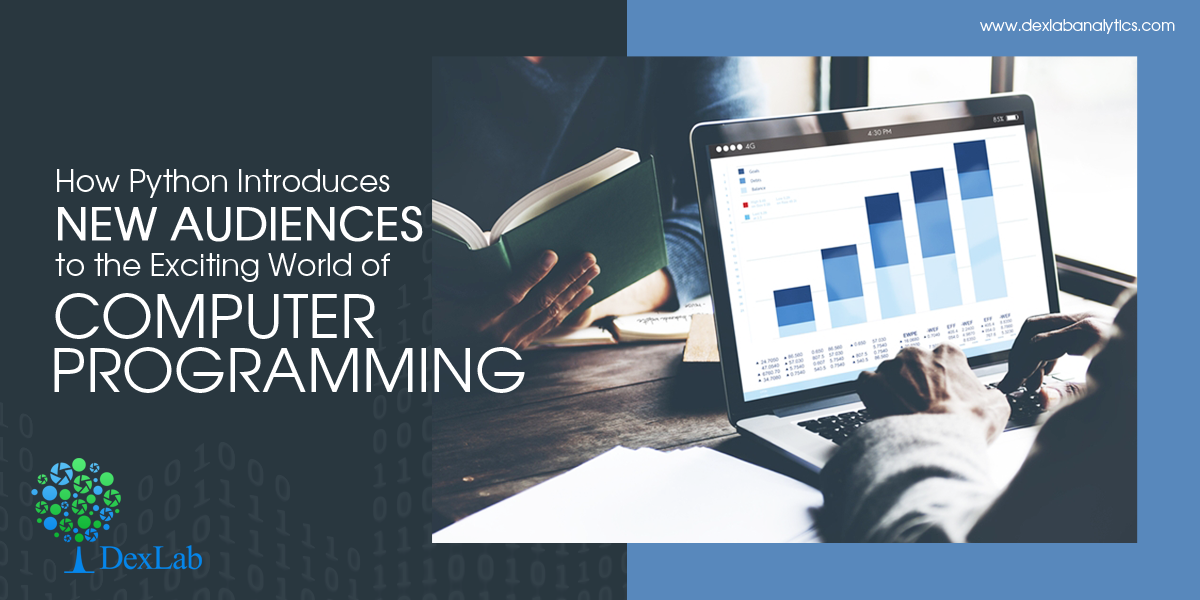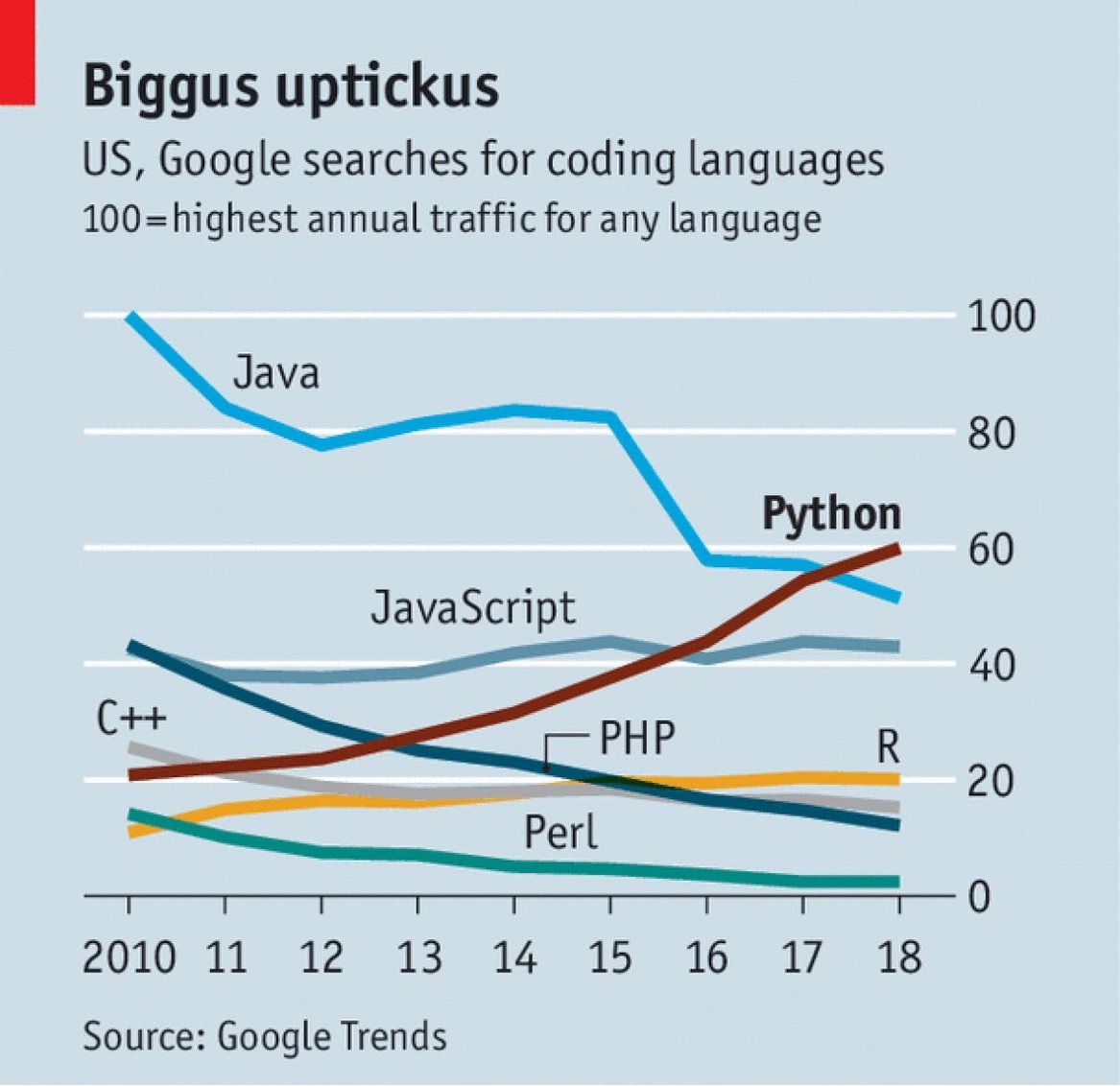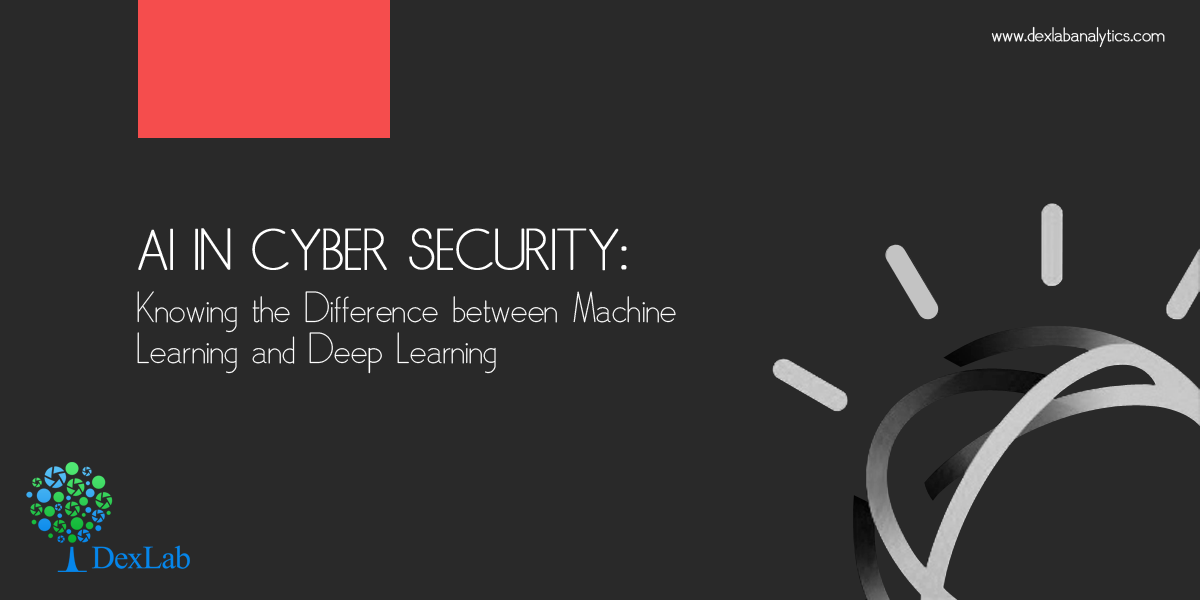
The need of the hour in business world is continuous innovation in the field of cyber security. Security vendors constantly brainstorm ideas and methods that’ll keep them ahead of cybercriminals. The gravity of the problem can be understood from a report by Sophos which mentions that almost 50% of Australian businesses were affected by ransomware attacks in 2017.
To keep functioning amidst such threats, businesses require innovative technologies, and artificial intelligence is one such tool that has become vital for cyber security.
Artificial Intelligence
AI is a trendy term now, thanks to blockbuster Bollywood movies made on AI!
AI is an all-embracing principle that includes a number of technologies─ machine learning and deep learning being important ones among them. Basically, artificial intelligence enables machines to learn on their own from experience, modify techniques when fed with new data sets and carry out tasks that are human-like. When the principles of AI are applied to cyber security, we call it predictive security. AI helps to identify and check if files contain malware, which is carried out with the help of machine learning as well as deep learning. Although these two branches use similar AI principles, the two fields are fundamentally very different.
Moving on, let’s explore their basic differences.
Machine Learning
Machine learning is an artificial system that learns from examples and generates knowledge from past experiences. ML technology doesn’t simply memorize examples; rather it picks up laws and patterns and applies it later where relevant.
Considering today’s advanced threat landscape, conventional approaches fail to offer strong protection to a system. Malware programs are sometimes designed to make slight changes and breach traditional systems. In such situations, machine learning can be a better security option as it can detect these unknown and modified malwares too.
An important advantage of machine learning is that it keeps evolving and improving as it is used more and fed with more data. Machine learning algorithms scrutinize file elements in order to comprehend the nature of attacks, which includes simple things like file size as well as complex things like part of codes.
Deep Learning
The benefits of employing machine learning techniques in cyber security are numerous. However, it has some drawbacks too, which can be overcome with deep learning. The main limitations of ML are its inability to handle many variables at once, requirement of huge computing powers and using up a lot of space. In deep learning, unstructured data is stored in neural networks and decisions are made using predictive reasoning, which is modeled on the workings of human brain. This structure has potential to manage numerous points of information without hampering speed of the system.
Deep learning can form better idea of the big picture because it doesn’t include programs designed to solve a particular problem, rather it includes mathematical models that learn over time. A model is developed such that it can explain well what it ‘’sees’’. For this, large amount of data is used, such as trends, malicious URLs and other modes of attacks.
Cyber attackers need to be correct in their methods only once in order to breach an enterprise. On top of that, security threats are becoming more innovative each day. Hence, technologies like deep learning and machine learning need to be the founding stones of modern security systems. Understandably, these skills are also very high in demand. Artificial Intelligence certification courses are hugely popular. If this subject interests you, then don’t delay in enrolling for deep learning courses in Delhi or machine learning courses in Gurgaon from leading institute DexLab Analytics.
Interested in a career in Data Analyst?
To learn more about Data Analyst with Advanced excel course – Enrol Now.
To learn more about Data Analyst with R Course – Enrol Now.
To learn more about Big Data Course – Enrol Now.To learn more about Machine Learning Using Python and Spark – Enrol Now.
To learn more about Data Analyst with SAS Course – Enrol Now.
To learn more about Data Analyst with Apache Spark Course – Enrol Now.
To learn more about Data Analyst with Market Risk Analytics and Modelling Course – Enrol Now.

